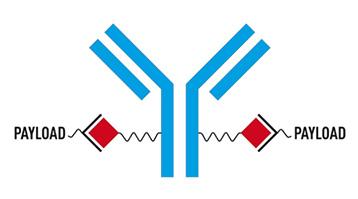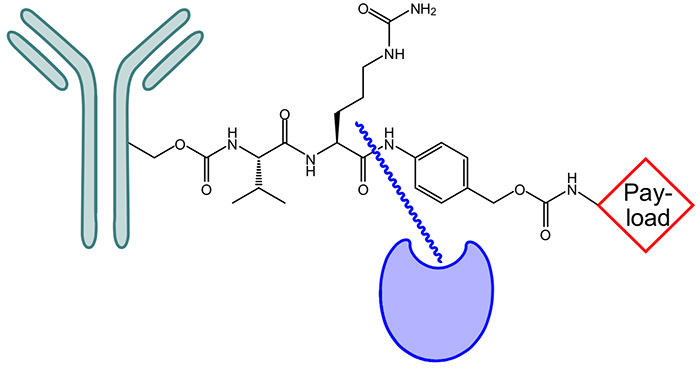Welcome to Iris Biotech
For better service please confirm your country and language we detected.

For better service please confirm your country and language we detected.

Thank you very much for your interest in our products. All prices listed on our website are ex-works, Germany, and may attract customs duties when imported.
You may/will be contacted by the shipping company for additional documentation that may be required by the US Customs for clearance.
We offer you the convenience of buying through a local partner, Peptide Solutions LLC who can import the shipment as well as prepay the customs duties and brokerage on your behalf and provide the convenience of a domestic sale.
Continue to Iris Biotech GmbHSend request to US distributorPublished on 29.01.2015

Antibody–drug conjugates (ADCs) offer a unique-targeted therapeutic strategy combining the best features of both antibodies and small-molecule drugs to create a single moiety that is highly specific and cytotoxic. One of the biggest challenges in the development of ADCs has been the generation of suitable linkers for the conjugation of antibody and drug. Chemically labile linkers, such as hydrazones and disulfides, often suffer from limited plasma stability. Therefore, peptide-based linker technologies may offer better control of drug release. Peptidic bonds are expected to have good serum stability. Cleavable dipeptide linkers like Val-Ala and Val-Cit rely on processes inside the cell to liberate the payload, as they undergo rapid hydrolysis in the presence of lysosomal extracts or purified human cathepsin B.
